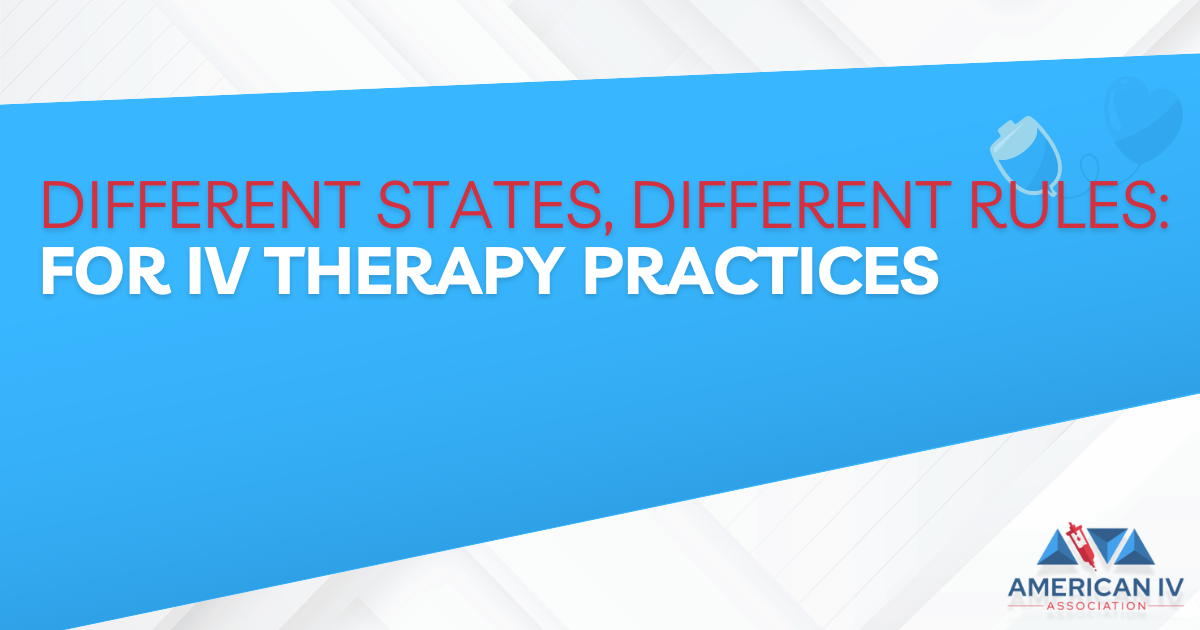
Vanessa Orr’s recent article highlights the booming $15 billion IV therapy industry, which involves administering high doses of minerals and vitamins directly into the bloodstream. This trend is attracting various healthcare providers, including physicians, nurse practitioners, and medi-spas. However, the lack of federal regulations means that each state has its own rules, leading to inconsistencies and potential risks.
Kyla Murphy from Risk Strategies points out the varying state regulations: California requires a medical corporation to own 51% of IV therapy practices, New York mandates 100% physician ownership, and Florida allows both physicians and non-physicians to administer IV therapy under a physician’s supervision. The risks associated with unlicensed administration and improper equipment sterilization can lead to severe consequences, including infections and, in extreme cases, death.
Tom Murphy, also from Risk Strategies, emphasizes the importance of obtaining regulatory guidance to avoid legal and insurance issues. He notes that non-physicians often administer these therapies without proper oversight, underscoring the need for good faith exams and compliance with state regulations. Additionally, he mentions the potential risks of compounding medications and vitamins, drawing parallels with weight-loss drug compounding issues.
The article stresses the need for standardized regulations and patient vigilance in verifying the qualifications of providers. Despite the lower exposure risk compared to other treatments, proper compliance and patient safety remain critical. As IV therapy grows in popularity, organizations like the American IV Association (AIVA) are working to ensure providers receive the necessary education and training to maintain high safety standards.
For more details, read the full article here.